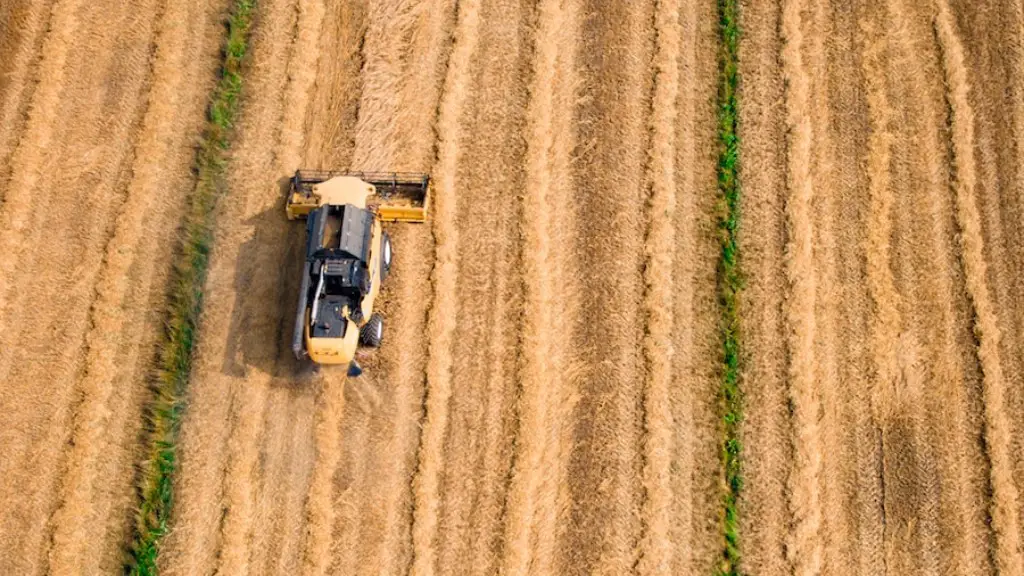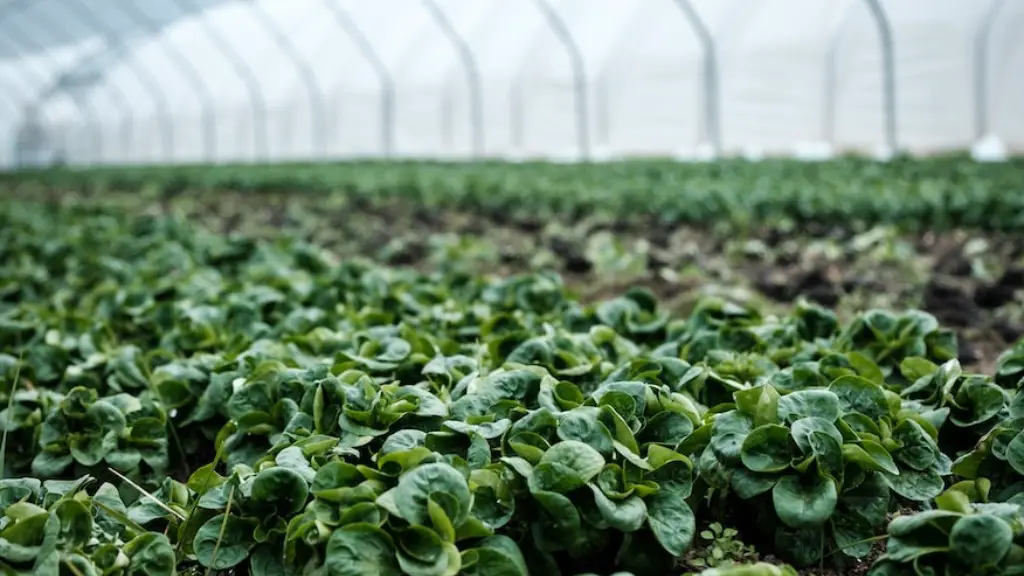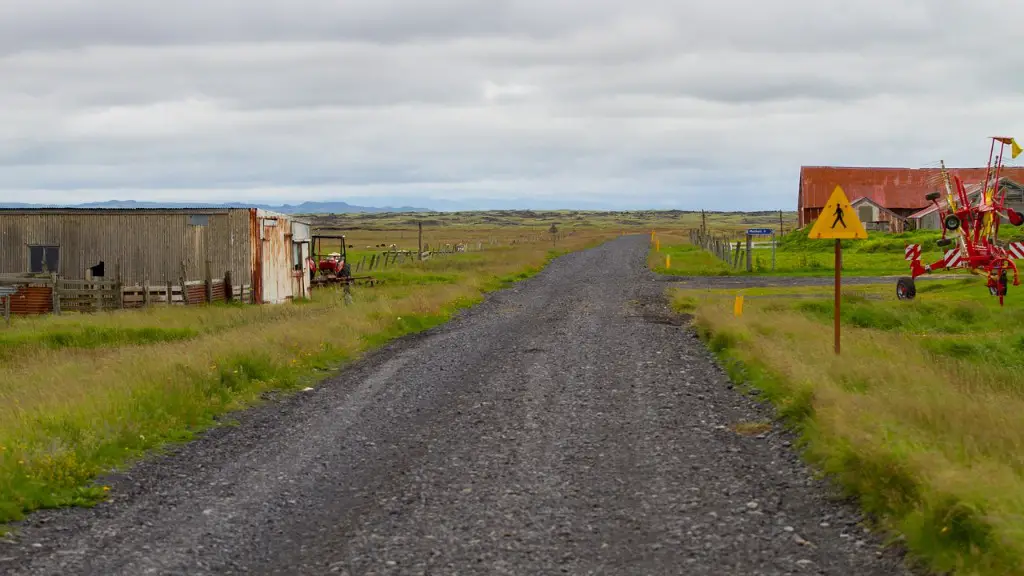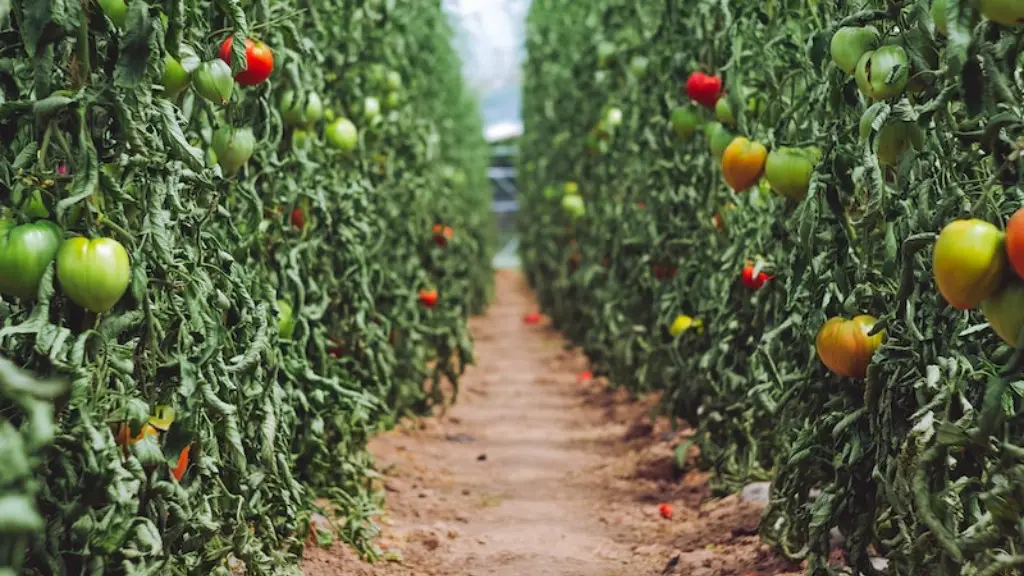In recent years, the contribution of agriculture to global warming has come under increasing scrutiny. The Intergovernmental Panel on Climate Change (IPCC) estimates that agriculture accounts for around 10% of global greenhouse gas emissions. However, the exact percentage is difficult to determine because it depends on a number of factors, including the type of agriculture, the geographical location, and the management practices used.
Despite the challenges in quantifying the exact contribution of agriculture to global warming, it is clear that the sector plays a significant role and that there is scope for reducing emissions through changes in management practices. For example, improved fertilizer management can reduce emissions of nitrous oxide, a powerful greenhouse gas, while better pasture management can reduces methane emissions from livestock.
Apart from agriculture, other human activities that contribute to global warming include fossil fuel combustion, industrial processes, and land-use changes.
The United Nations’ Intergovernmental Panel on Climate Change estimates that agriculture, forestry, and land-use changes account for 23 percent of all greenhouse gas emissions.
Of that total, roughly 60 percent comes from deforestation, 30 percent from livestock production, and the remaining 10 percent from other agricultural practices such as fertilizer use.
Livestock production, specifically cattle, is responsible for the majority of agricultural emissions, due to both livestock enteric fermentation – a natural process that emitting methane – and manure management.
How much does agriculture contribute to climate change globally?
The agricultural sector is responsible for a significant portion of global greenhouse gas emissions. The food system as a whole is responsible for approximately 21-37% of annual emissions, as commonly reported using the 100-year Global Warming Potential. Agricultural greenhouse gas emissions come from a variety of sources, including livestock production, land use and management, and crop production.
Livestock production accounts for a significant portion of agricultural greenhouse gas emissions. Methane emissions from livestock are produced during digestion and are a result of enteric fermentation, while nitrous oxide emissions come from manure management. Land use and management practices also contribute to greenhouse gas emissions, through activities such as deforestation, soil disturbance, and fertilizer use. Crop production contributes to emissions through the use of nitrogen-based fertilizers and other agricultural inputs.
Agricultural greenhouse gas emissions are a significant contributor to climate change and need to be addressed in order to mitigate the effects of climate change. There are a number of strategies that can be implemented to reduce emissions from the agricultural sector, including reducing methane emissions from livestock, improving land management practices, and reducing fertilizer use.
The large carbon footprint of industrial agriculture is due to a number of factors, including the use of fossil fuels for farming equipment and transportation, the release of methane from livestock, and the deforestation that often accompanies large-scale farming operations.
There are a number of ways to reduce the carbon footprint of agriculture, including using more efficient farming equipment, planting trees to offset carbon emissions, and improving livestock management practices.
What percentage of co2 is from agriculture
The Environmental Protection Agency estimated that in 2020 agriculture produced 56 percent as nitrous oxide (N2O), 42 percent as methane (CH4), 08 percent as on-farm carbon dioxide (CO2), and 06 percent emitted indirectly through the electricity that agriculture consumes. This is a significant contribution to greenhouse gas emissions, and agriculture will need to do its part to reduce these emissions in order to help mitigate climate change.
Fossil fuels are the largest contributor to global climate change, accounting for over 75 per cent of global greenhouse gas emissions and nearly 90 per cent of all carbon dioxide emissions. As greenhouse gas emissions blanket the Earth, they trap the sun’s heat, causing the Earth’s average temperature to rise. This has led to an increase in extreme weather events, such as heatwaves, droughts and floods, as well as sea level rise and ocean acidification.
To combat climate change, we need to reduce our reliance on fossil fuels and switch to cleaner forms of energy, such as renewable energy. This will help to reduce greenhouse gas emissions and slow down the rate of climate change.
Is agriculture worst for climate change?
Factory farming is one of the biggest contributors to greenhouse gas emissions, and as a result, is intensifying climate change. Vast volumes of carbon dioxide and methane are released into the atmosphere from factory farms, and these gases are trapping heat and causing the Earth to warm. This is leading to more extreme weather conditions and putting our planet at risk. Factory farming must be stopped if we are to avoid the worst effects of climate change.
China is the world’s top emitter of carbon dioxide (CO2) emissions, accounting for nearly 31 percent of global emissions in 2021. The world’s top five largest polluters were responsible for roughly 60 percent of global CO2 emissions in 2021. China’s emissions have been growing rapidly in recent years, and it is now the world’s largest source of greenhouse gas emissions.
Is agriculture one of the major contributors to global warming?
Climate change is a major problem that agriculture creates. It is responsible for 19-29% of total greenhouse gas emissions. This needs to be changed in order to help the environment and climate.
Many developing countries rely heavily on agriculture as their leading source of income, but this comes at a great cost to the environment. These countries are typically poorer and lack the resources to properly regulate and manage the use of pesticides, fertilizers, and other toxic chemicals. As a result, these chemicals can pollute fresh water sources, marine ecosystems, air, and soil, and they can remain in the environment for generations. This is a serious issue that needs to be addressed in order to protect the environment and human health.
What are the 10 causes of global warming
1. Waste: All of the trash we produce ends up somewhere, and much of it ends up in the ocean. This waste then releases greenhouse gases into the atmosphere, contributing to global warming.
2. Power Plants: Power plants are a major source of greenhouse gas emissions, due to the burning of fossil fuels such as coal and natural gas.
3. Oil Drilling: Oil drilling releases methane gas into the atmosphere, which is a powerful greenhouse gas.
4. Transport and Vehicles: Cars and other vehicles emit greenhouse gases such as carbon dioxide and Nitrogen oxide.
5. Consumerism: The way we live today, with our reliance on consumer goods, is not sustainable. The production of these goods emits greenhouse gases into the atmosphere.
6. Farming: Industrialized farming contributes to global warming in a number of ways, from the use of fertilizers and pesticides to the clearing of land for agriculture.
7. Industrialization: Industrialization is harmful in a variety of ways, from the release of greenhouse gases to the pollution of water and air.
8. Overfishing: Fish is one of humans main sources of protein and a lot of the world now rely on this industry. However, overf
China, the largest emitter of carbon dioxide gas in the world, emitted 10,668 million metric tons of CO2 in 2020. The US was the second-largest emitter of CO2, with 4,713 million metric tons of total carbon dioxide emissions in 2020. India, Russia, and Japan were also among the top emitters of CO2 in 2020.
What are the biggest contributors to greenhouse gases?
There are a number of things that contribute to greenhouse gas emissions, but the primary sources are electricity and heat, accounting for 31 percent of all emissions. Agriculture is the second biggest contributor at 11 percent, followed by transportation at 15 percent, forestry at 6 percent, and manufacturing at 12 percent. In total, energy production of all types accounts for 72 percent of greenhouse gas emissions. This demonstrates the need for a concerted effort to reduce emissions from all sectors in order to slow the effects of climate change.
-Electricity and heat production account for 23% of 2010 global greenhouse gas emissions
-The burning of coal, natural gas, and oil for electricity and heat is the largest single source of global greenhouse gas emissions.
-Reducing emissions from electricity and heat production is essential to mitigating climate change.
There are a number of ways to reduce emissions from electricity and heat production, including:
-Improving energy efficiency
-Using renewable energy sources
-Capturing and storing carbon emissions
What are the 3 main causes of global warming
There are many causes of global warming, but the most significant is carbon pollution. Climate change is caused by rising levels of greenhouse gases in the atmosphere, and carbon pollution is the primary driver of this increase.
Carbon pollution comes from burning fossil fuels like coal, oil, and natural gas. When we burn these fuels, we release carbon dioxide into the atmosphere. This gas traps heat, causing the Earth’s temperature to rise.
Global warming is a huge problem, and we need to take action to reduce our carbon pollution. We can do this by using less energy, switching to clean energy sources, and planting trees.
Electricity generation and heat production is one of the top five industries for greenhouse gas emissions. The transportation industry is also a large contributor to emissions, commercial and residential buildings also make a significant impact, and agriculture is responsible for a significant amount of emissions as well.
Is animal agriculture the biggest polluter?
Animal agriculture is a major source of greenhouse gas emissions. It produces 65% of the world’s nitrous oxide emissions, which has a global warming impact 296 times greater than carbon dioxide. Raising livestock for human consumption generates nearly 15% of total global greenhouse gas emissions, which is greater than all the transportation emissions combined.
Factory farming is one of the leading sources of greenhouse gas emissions, contributing to climate change. Animals raised for food consumption consume high-energy crops that require large amounts of chemical fertilizer. The production of this fertilizer emits 41 millions tons of carbon dioxide per year, contributing to the greenhouse effect. In addition, animal waste from factory farms emits methane and nitrous oxide, both of which are powerful greenhouse gases. Reducing our reliance on factory-farmed meat and animal products is one of the most effective ways to reduce our greenhouse gas emissions and mitigate climate change.
Does the US pollute more than China
China, the United States, and India are the top three emitters of greenhouse gases in the world. China’s emissions come from a variety of sources, including manufacturing, transportation, construction, and coal-fired power plants. The United States emits greenhouse gases from a variety of sources as well, including transportation, industry, agriculture, and electricity generation. India’s emissions come primarily from the burning of fossil fuels, including coal, oil, and natural gas.
The Greenhouse 100 Polluters Index is a list of the 100 largest emitters of greenhouse gases in the United States, based on data from 2020. The list is compiled and published by the environmental nonprofit organization CDP.
Vistra Energy, Duke Energy, and Southern Company are the top three emitters on the list, accounting for a combined 42% of all greenhouse gas emissions in the United States. Berkshire Hathaway, the parent company of several large fossil fuel companies, is fourth on the list, with 11% of emissions.
greenhouse gas emissions are a major contributor to climate change, and the Greenhouse 100 Polluters Index is a helpful tool for understanding which companies are the biggest culprits. The list can help consumers make more informed choices about where to spend their money, and it can also help investors pressure these companies to clean up their act.
Warp Up
The agricultural sector is responsible for around 10% of global greenhouse gas emissions.
Agriculture is responsible for a significant amount of global warming, contributing up to 10% of total emissions. While this may not seem like a lot, it is important to remember that agriculture is a major part of our global economy and its emissions are growing. In fact, emissions from agriculture are expected to increase by 50% by 2050. There are a number of reasons for this, including population growth and changes in diets. As the world population continues to grow and demand for food increases, we will need to find ways to increase food production without worsening the climate crisis.





